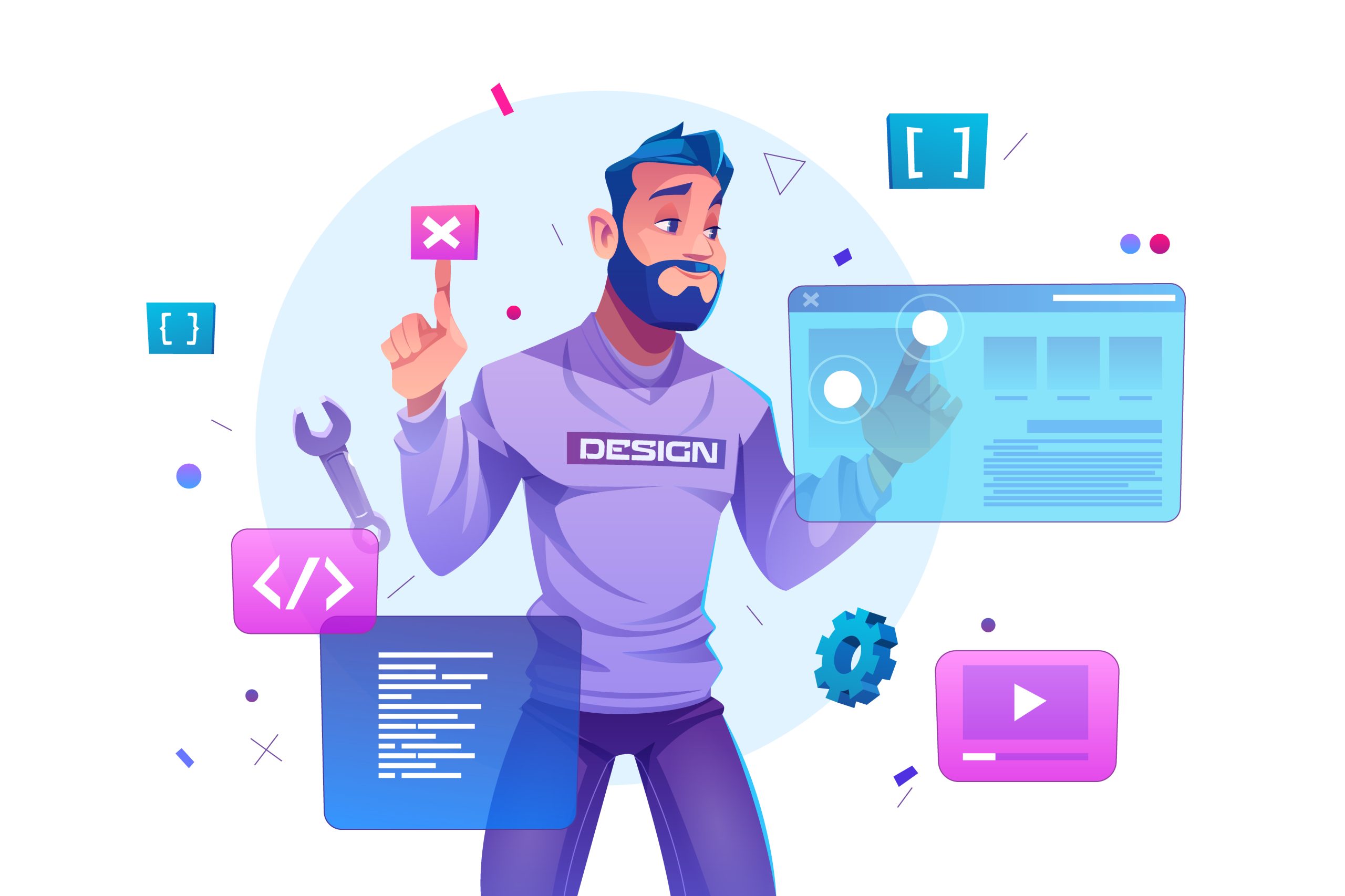Tips for Collaborating with Clients on Web Design Arlington Projects
Web design projects can be both exciting and challenging. The creative process of bringing a client’s vision to life while ensuring a seamless user experience requires effective collaboration between designers and clients. This is especially true in Arlington, a vibrant city with a thriving business community and a diverse range of clients seeking web design services. In this article, we’ll explore valuable tips for successfully collaborating with clients on web design Arlington projects. Whether you’re an experienced designer or just starting in the field, these tips will help you build strong client relationships and deliver outstanding results.
1. Understand Your Client’s Business
Before diving into design concepts, take the time to understand your client’s business thoroughly. This includes their industry, target audience, and unique selling points. Familiarize yourself with their competitors and market trends. By having a solid grasp of their business, you can tailor your web design Arlington to effectively communicate their brand and engage their audience.
2. Effective Communication is Key
Clear and open communication is the cornerstone of successful web design collaborations. Establish a communication plan from the start, including preferred channels and meeting schedules. Regular updates and progress reports keep the client informed and involved in the project’s development. Listening carefully to their feedback and addressing concerns promptly fosters trust and ensures that the final product aligns with their vision.
3. Set Realistic Expectations
Managing your client’s expectations is vital to a successful collaboration. Clearly define project timelines, deliverables, and milestones. Be upfront about what is achievable within the given budget and timeframe. Setting realistic expectations from the beginning helps prevent misunderstandings and disappointments later in the project.
4. Create a Detailed Project Scope
A well-defined project scope outlines the specific goals, features, and functionalities of the website. It acts as a roadmap for the entire project. Include details such as the number of web pages, design elements, interactive features, and any custom development work. Documenting these details in a project scope agreement provides clarity and avoids scope creep.
5. Design with User Experience in Mind
Web design should prioritize the user experience (UX). Consider how visitors will navigate the website, find information, and interact with its elements. Incorporate intuitive navigation, responsive design for mobile users, and accessible features to ensure an inclusive experience for all visitors.
6. Seek Inspiration and Stay Updated
Stay informed about the latest design trends and technologies in the web design Arlington industry. Attend conferences, read design blogs, and follow influential designers on social media. Drawing inspiration from current trends can help you create fresh and appealing designs that resonate with your client’s target audience.
7. Client Involvement in the Design Process
Encourage your clients to actively participate in the design process. Start with brainstorming sessions and mood boards to gather their input on color schemes, typography, and design elements. Provide design mockups and gather feedback at key stages of the project. Involving clients not only ensures their vision is realized but also strengthens their commitment to the project’s success.
8. Mobile Responsiveness is Non-Negotiable
In an increasingly mobile-centric world, web design must be responsive. Ensure that your web design Arlington project looks and functions flawlessly on various devices and screen sizes. Test the website on smartphones, tablets, and desktop computers to guarantee a consistent and enjoyable user experience.
9. Prioritize Performance and Loading Speed
Website performance is a critical factor in user satisfaction. Optimize images, minimize HTTP requests, and leverage browser caching to improve loading times. A slow website can deter visitors and negatively impact SEO rankings, so make speed a top priority.
10. Thorough Testing and Quality Assurance
Before launching the website, conduct rigorous testing to identify and address any bugs or usability issues. Test across multiple browsers and devices to ensure compatibility. This meticulous quality assurance process ensures a smooth and error-free user experience.
11. Content is King
Collaborate with your client to create or curate high-quality content that aligns with their brand and resonates with their target audience. Effective content is essential for conveying the client’s message and optimizing the website for search engines.
12. Security and Maintenance
Educate your clients about the importance of website security and regular maintenance. Implement security measures to protect against cyber threats and ensure that software and plugins are regularly updated. Offering ongoing maintenance services can help maintain the website’s integrity over time.
13. Training and Documentation
Once the website is live, provide training and documentation to empower your client to manage and update their content. Ensure they understand the content management system (CMS) and have access to resources that help them make updates without relying on constant external support.
14. Feedback and Iteration
Encourage your client to gather feedback from their website’s users and to track performance metrics. Use this data to make informed decisions about iterative improvements. The Web Design Arlington process should be a continuous cycle of refinement to stay aligned with evolving user needs and business goals.
15. Maintain a Professional Relationship
Maintaining a professional and respectful relationship with your client is essential. Even if you face challenges or disagreements during the project, approach them with a solution-oriented mindset. A positive working relationship can lead to repeat business, referrals, and long-term partnerships.
Conclusion
Collaborating with clients on web design Arlington projects, or anywhere else, requires a combination of technical expertise, effective communication, and a commitment to delivering outstanding results. By understanding your client’s business, setting clear expectations, and prioritizing user experience, you can create websites that not only meet but exceed your client’s expectations. The key takeaway is that successful web design is a collaborative effort that involves close partnership between designers and clients, resulting in websites that are not only visually stunning but also functionally effective in achieving their objectives.












Post Comment